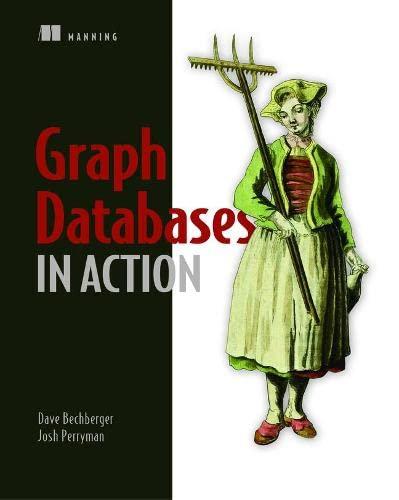Answered step by step
Verified Expert Solution
Question
1 Approved Answer
5. Let X1, ..., X15 be independent identically distributed random variables with p.d.f. f(x) = -42 exp(-24/0), where @ > 0, and > 0. a)

Step by Step Solution
There are 3 Steps involved in it
Step: 1

Get Instant Access to Expert-Tailored Solutions
See step-by-step solutions with expert insights and AI powered tools for academic success
Step: 2

Step: 3

Ace Your Homework with AI
Get the answers you need in no time with our AI-driven, step-by-step assistance
Get Started


